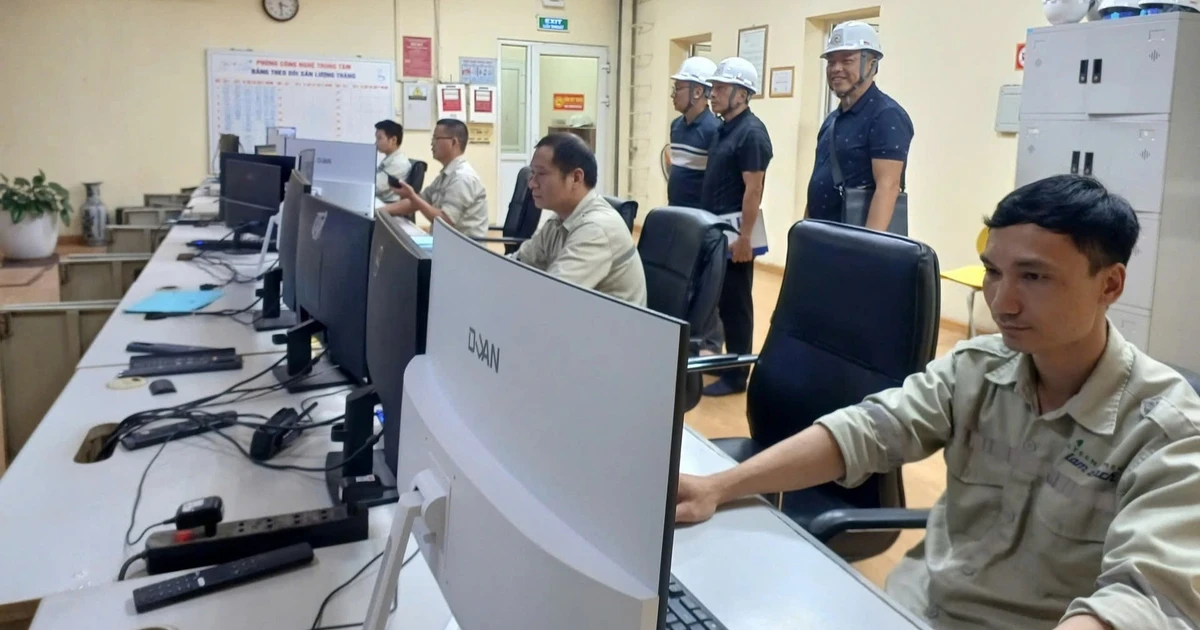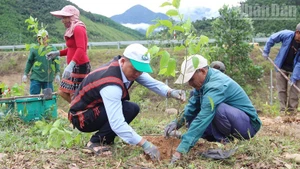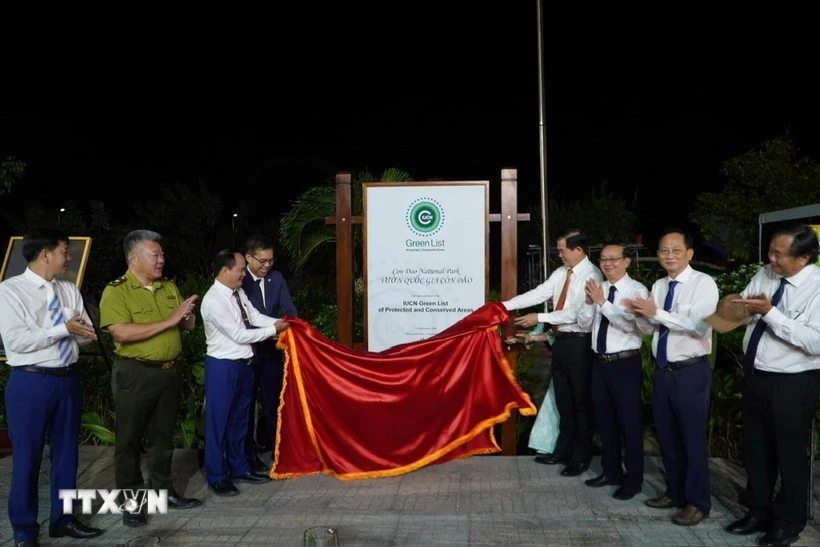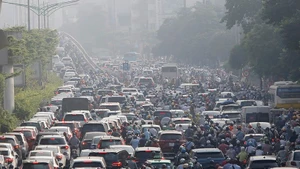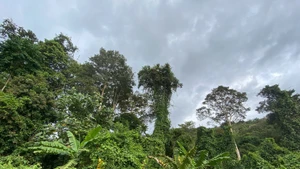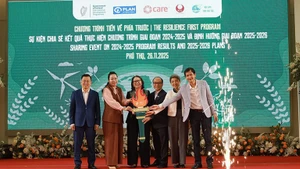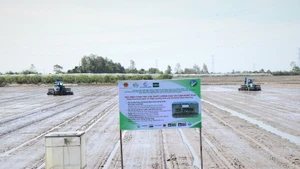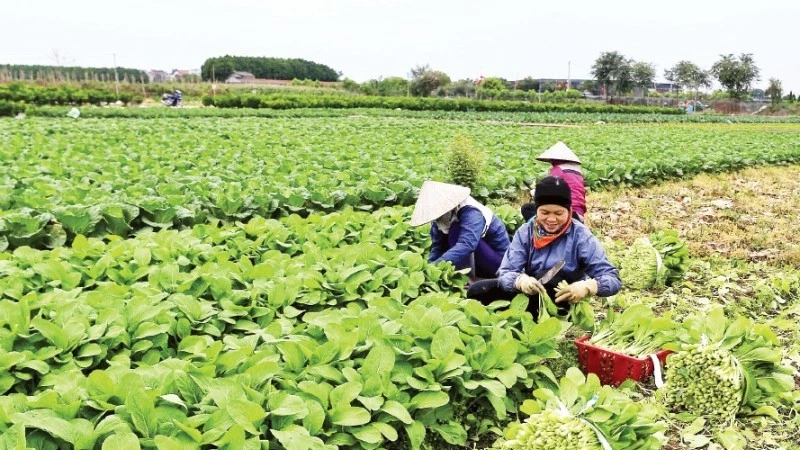Creativity and adaptability
Situated at the transitional point between the northern and southern climatic zones, Hue has a complex topography and weather pattern. Its rivers originate from the Truong Son mountain range, characterised by short, steep courses with many rapids, making flooding particularly unpredictable and destructive. Even before urbanisation, when forest coverage remained high, Hue was still prone to flooding, and although socio-economic development has had some impact, it is not the main cause.
According to researcher Nguyen Quang Trung Tien from the College of Sciences at the University of Hue, historical records show that after a series of natural disasters, the people of Hue began to develop architectural models that were resilient and adaptable to the region’s heavy rain and storms.
Researcher Duong Phuoc Thu at the Hue Historical Science Association, who has extensively studied disaster prevention methods in Hue throughout history, noted that living in a region frequently hit by typhoons, floods, whirlwinds and droughts, Hue residents have continually devised innovative and flexible ways to adapt to their natural environment in order to survive and thrive.
“Hue has always been prone to natural disasters. In the past, when meteorological forecasting science did not yet exist, local people relied on traditional experience to predict the weather, being highly sensitive to signs of rain, sunshine and floods. Over time, they accumulated significant knowledge about hydrology and astronomy, guided by the belief that those who understand nature’s ways will live peacefully for generations,” Thu said.
To combat erosion and dam breaches, residents built embankments and small dykes that followed the natural contours of the land surrounding villages, so that these structures would not resist but rather work with the flow of floodwaters. Villages were surrounded by clusters of bamboo to shield against wind and floods while providing building materials for reconstruction. Banyan, ficus and bodhi trees were commonly planted near river wharves, communal courtyards, and road junctions, providing shade in summer and serving as lookout or mooring points during floods.
To withstand storms, houses were built low, with long, sloping roofs made of lightweight materials. The joints between beams and pillars were not fixed but interlocked flexibly, allowing elasticity and easy disassembly. When storms approached, residents would let the first gusts pass before securing the house, bracing it only once the wind changed direction.
Promoting self-reliance and community resilience
After enduring countless floods and storms, Dr Nguyen Dinh of the Institute for Environmental Technology and Disaster and Climate Change Mitigation in Hue emphasised that the most important lesson is to build a culture of disaster prevention and response.
According to Dr Dinh, each disaster has strengthened the community’s spirit of solidarity and the traditional Vietnamese values of mutual support and compassion.
In Hue, this has been embodied in the effective implementation of the “Four On-the-Spot” principle: on-the-spot command, on-the-spot forces, on-the-spot materials and equipment, and on-the-spot logistics.
“Thanks to this approach, along with the people’s self-reliance and mutual aid, rescue teams and communities have successfully evacuated thousands of residents to safety during major floods, such as those in 1999, 2020, 2022, 2023, and the most recent event. Lives were saved, and even amidst prolonged disasters, people shared what little food and shelter they had,” Dr Dinh said.
He also stressed another vital lesson: the importance of mobilising collective strength from all available resources. Hue has managed to withstand disasters by combining national and local efforts with generous support from compatriots across the country and international friends, which has enabled the city to handle extremely complex tasks despite being surrounded by floodwaters.
In recent years, Hue has been at the forefront of applying science and technology to disaster prevention and response. According to Nguyen Van Hung, Director of the Hue Meteorological and Hydrological Station, modern technological equipment such as X-band rain radar, hydrometeorological monitoring systems, flood surveillance cameras, and 46 automatic rain gauges have been deployed across the city.
In addition, an integrated disaster management information system now applies advanced computational models using artificial intelligence and big data. This system disseminates disaster warnings through internet-based platforms and mobile applications, significantly improving the accuracy and timeliness of forecasting, early warning, and reservoir operation. As a result, vital information can be delivered quickly and widely, enabling people at all levels to take proactive measures to prevent and mitigate damage.

